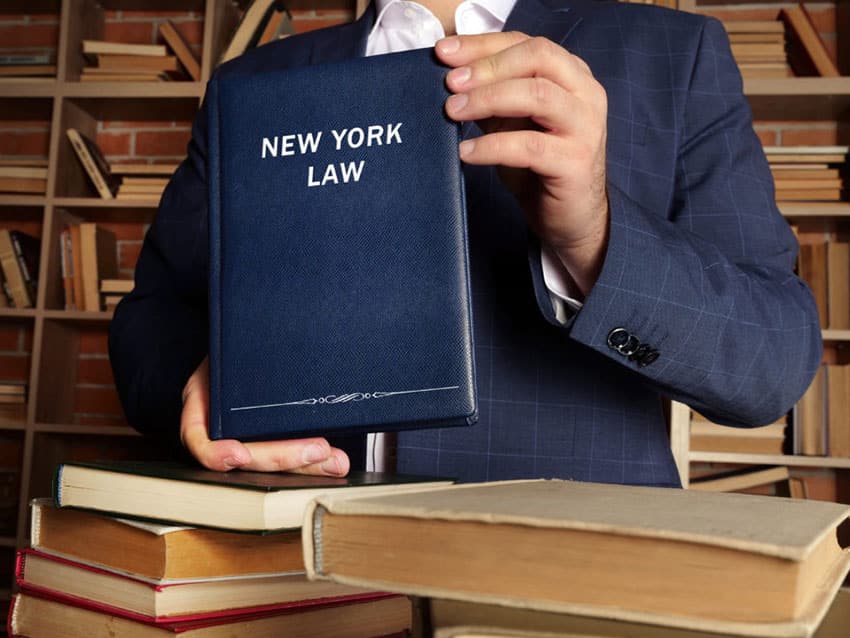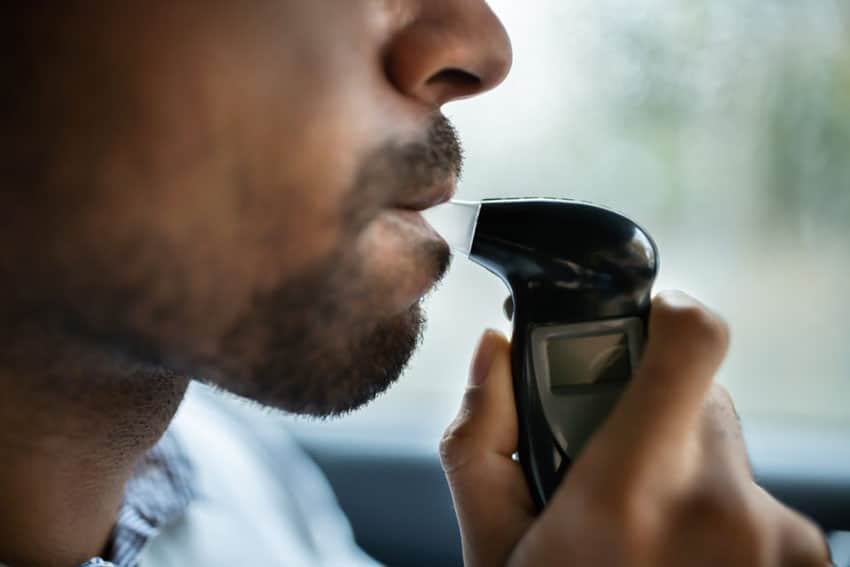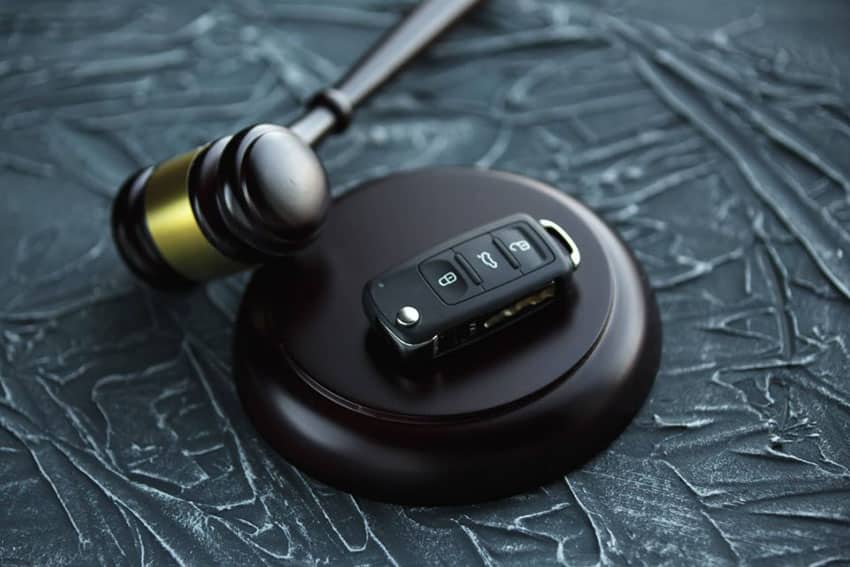There is currently a great deal of scientific technology for use in DUI (Driving Under the Influence) cases. The offense is known as DWI, or driving while intoxicated, in New York and some other states. However, in the 1930’s and 1940’s, there were no strict DUI laws. In 1910, New York became the first state to pass a law regulating the offense of DWI. In the 1930’s, some states enacted drunk driving laws but most drunk drivers were only prosecuted if their blood alcohol concentration (BAC) level was .15% or greater. This is almost twice the legal BAC limit in effect today in most states. The establishment of .15% as the first commonly-used legal limit for BAC came as the result of research by the American Medical Association which showed that a driver with a BAC of .15% or higher could be medically proven to be intoxicated.
When did Drinking and Driving Become Illegal
In early DUI cases, most drunk drivers were able to be acquitted of charges fairly easily. This is because the prosecution in those early cases did not have the scientific evidence needed to successfully convict drunk drivers by proving their impairment by alcohol. Also, there was not the amount of medical information generally available to prosecutors in those cases which tied drinking alcohol to driving impairment.
In 1953, New York became the first state to pass an implied consent law mandating that all drivers gave their implicit consent to chemical tests if they were suspected of drunk driving. This law stated that if a driver suspected of DWI in New York refused to consent to a chemical test to determine their BAC, they would automatically get their driver’s license revoked. In 1954, Robert Borkenstein created the Breathalyzer machine and it became the standard technology for measuring BAC. The Breathalyzer is important in DUI history because it was the first scientific test created that allowed law enforcement officers to confirm if a driver had too much to drink. In the 1980’s, a number of special interests groups, most notably MADD (Mothers Against Drunk Driving), were instrumental in lobbying for legislation that established harsh penalties for drunk drivers. Because of the efforts of MADD and other groups, most states reduced the legal BAC limit for finding that a driver was legally intoxicated. By 2004, all fifty states had set legal BAC limits of .08%.
Special Interest Groups
Doris Aiken formed the special interest group, RID (Remove Intoxicated Drivers) in 1977 in upstate New York. Aiken formed the group after she read a headline in a local newspaper about two teenagers who had been killed in a drunk driving accident in Schenectady, New York. Timothy and Karen Morris, two local teenagers who Aiken knew personally, had been hit by a drunk driver whose BAC was 0.19%, almost double the legal limit. One of the teenagers was killed instantly and the other died later.
Aiken formed RID to seek justice for the victims in the Morris case. In its early years, RID concentrated its efforts on bringing changes in the laws that allowed DWI plea bargains and on DWI sentencing reduction reforms. The main focus of RID was to publicize specific DWI court cases in New York. RID proved to be a different kind of special interest group because many of its members were the victims of drunk driving cases. RID argued in the media that justice was not served in most DWI cases. In order to strengthen the penalties for drunk drivers, RID used aggressive lobbying efforts in Albany and other state capitals. By 1983, RID had grown to have more than 130 chapters in 30 states. RID generated report cards of state legislators with their voting records on DWI legislation. As a result of the efforts of RID-NY, Governor Mario Cuomo eventually signed new laws restricting plea bargaining in DWI cases, mandating revoking the licenses of second-time DWI offenders and earmarking fees collected from DWI cases for the purchase of Breathzlyzer® machines and funding of other drunk driving measures.
Emergence of DUI Defense Law
In the 1990’s, the field of DUI defense law grew at a great pace. DUI defense attorneys became prominent in the media by publicizing the ways that Breathalyzer readings could be challenged as inaccurate, bringing up questions about the technique of backward extrapolation of BAC’s when testing was delayed, and bring constitutional challenges to breath tests and sobriety tests. The field of DUI defense eventually evolved into a very complex and specialized field. In the 1990’s, ever-more sophisticated research was done regarding alcohol consumption and alcohol absorption and this led DUI defense attorneys to have new defense theories about impaired drivers and the validity of breath tests and breath testing instruments.
The attorneys at the law firm of DWI Team DWI Defense Attorneys are experienced in handling DWI cases. If you need a DWI lawyer who can help you obtain the best possible outcome in your DWI case, call the law firm of DWI Team DWI Defense Attorneys.
The exclusive purpose of this article is educational and it is not intended as either legal advice or a general solution to any specific legal problem. Corporate offices for DWI Team DWI Defense Attorneys are located at 432 N. Franklin Street, Suite 80, Syracuse, NY 13204; Telephone No.: 1-866-792-7800. Prior results do not guarantee a similar outcome. Attorney Advertising.













